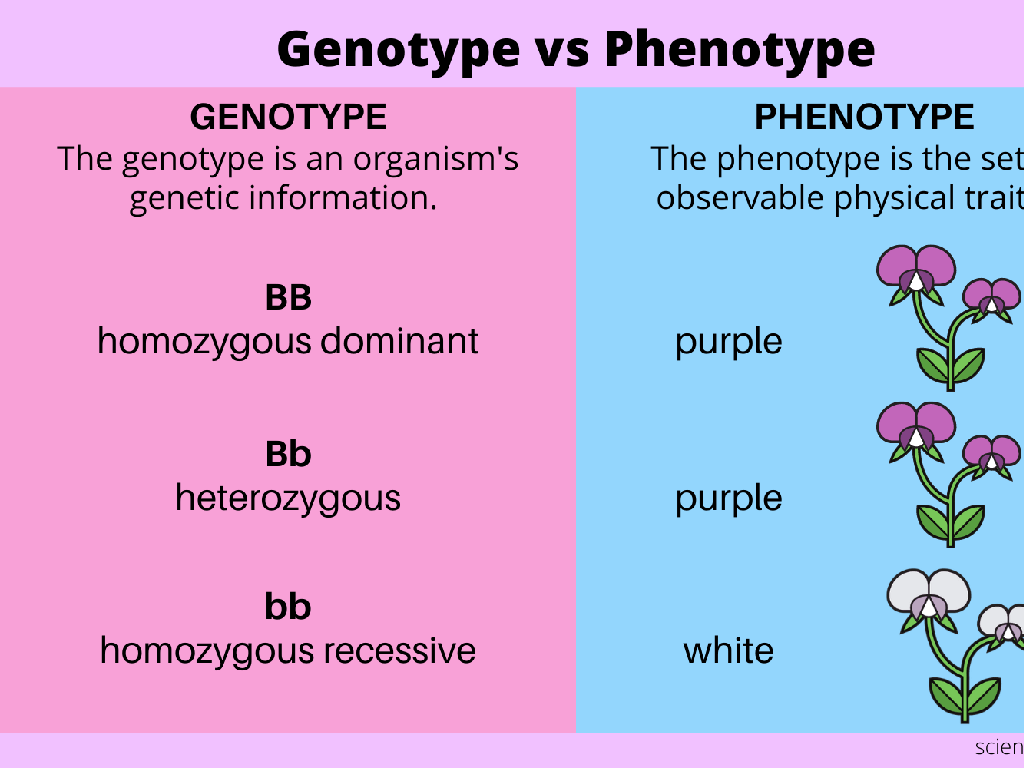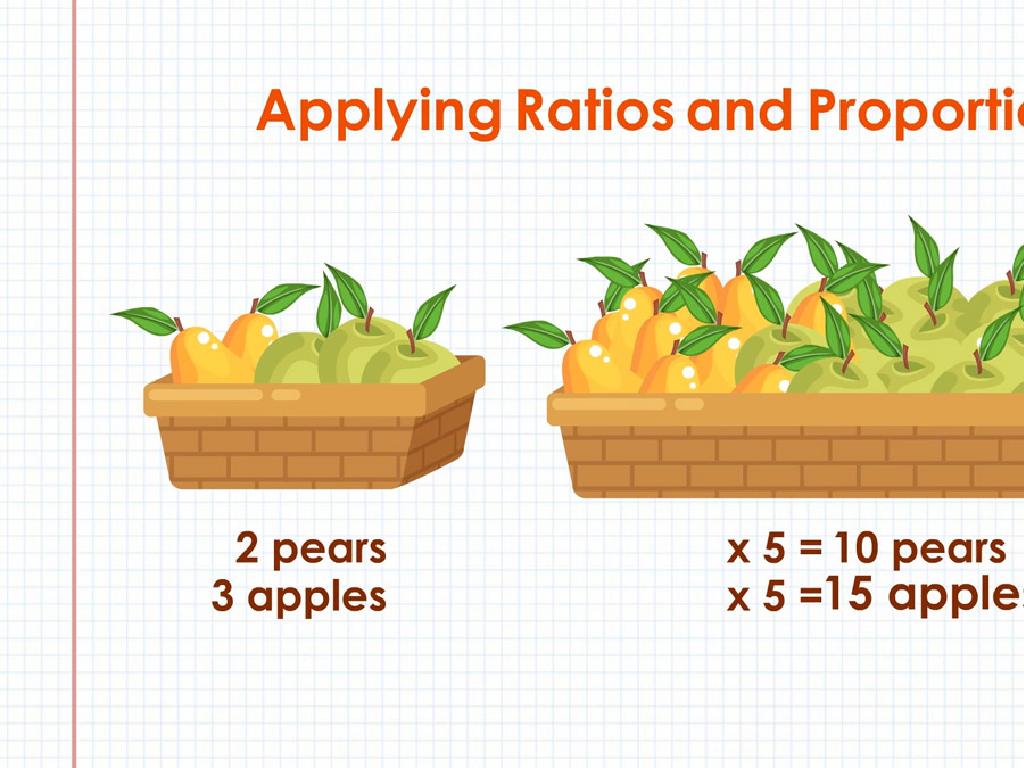Choose The Lowercase Letter That Matches: C, K, O, P, S, U, V, W, X, Z
Subject: Language arts
Grade: First grade
Topic: Lowercase And Uppercase Letters
Please LOG IN to download the presentation. Access is available to registered users only.
View More Content
Welcome to Lowercase Letters!
– Understanding lowercase letters
– They are the small forms of letters, not big like A but like a.
– Importance of lowercase letters
– We use them in most of our writing, like in books and notes.
– Matching lowercase to uppercase
– Find the small ‘a’ that matches the big ‘A’.
– Practice with fun activities
– We’ll play games to match big and small letters!
|
This slide introduces first graders to the concept of lowercase letters, explaining that they are the smaller versions of uppercase letters and are used more frequently in writing. Emphasize the importance of recognizing and using lowercase letters correctly, as they make up the majority of our written language. Engage the students with examples on the board and provide a variety of matching activities where they can pair uppercase letters with their lowercase counterparts. Incorporate interactive games and worksheets to reinforce learning and make the lesson enjoyable.
Meet the Letters: Uppercase & Lowercase Pals
– Every big letter has a little buddy
– Match uppercase ‘C’ with lowercase ‘c’
– ‘C’ is for Cat, and ‘c’ is for cat
– Match uppercase ‘S’ with lowercase ‘s’
– ‘S’ is for Sun, and ‘s’ is for sun
– Can you find more matches?
|
This slide introduces the concept of uppercase and lowercase letter pairs to first graders. Emphasize that for every big (uppercase) letter, there is a small (lowercase) letter that matches it. Use visual examples like ‘C’ and ‘c’ with a picture of a Cat, and ‘S’ and ‘s’ with a picture of the Sun to illustrate the concept. Encourage the students to think of other examples and to practice matching the rest of the letters provided (k, o, p, u, v, w, x, z) with their uppercase counterparts. Activities can include letter matching games, arts and crafts to create letter pairs, or a scavenger hunt for uppercase and lowercase letters around the classroom.
Letter Match: C and c
– This is uppercase C
– Meet its friend, lowercase c
– Spot the similarities
– Both ‘C’ and ‘c’ have the same curve shape
– Practice matching C and c
– Find both letters in books or signs around you
|
This slide introduces the concept of uppercase and lowercase letters, focusing on the letter ‘C’. Start by showing the students the uppercase letter ‘C’ and then the lowercase ‘c’. Ask the students if they can spot the similarities between the two, emphasizing the curve shape that both share. Encourage the children to practice matching the uppercase ‘C’ with its lowercase counterpart ‘c’ by finding these letters in their environment, such as in books, signs, or classroom posters. This activity will help them recognize the letter ‘C’ in both forms and understand that while they may look a bit different, they represent the same sound.
Letter Match: K and k
– This is the uppercase letter K
– And this is the lowercase letter k
– Let’s practice writing them!
– We’ll learn how to write both forms of ‘K’
|
This slide introduces the concept of uppercase and lowercase letters, focusing on the letter ‘K’. Start by showing students the visual difference between the uppercase ‘K’ and the lowercase ‘k’. Emphasize the distinct shapes and explain that uppercase letters are often used at the beginning of sentences and for proper nouns, while lowercase letters are used in most other writing. Then, guide the students through writing practice, demonstrating the strokes for each version of the letter. Encourage them to try writing both on their own, providing assistance as needed. Prepare a worksheet with guided practice lines for both uppercase ‘K’ and lowercase ‘k’ for the students to practice writing. This hands-on activity will help reinforce their understanding of the letter forms.
Letter Match: O and o
– This is the uppercase letter O
– And this is the lowercase letter o
– They look similar, right?
– Notice how both O and o are round and open
– Practice matching O to o
– Find the ‘o’ in different words and match it to ‘O’
|
This slide introduces the concept of uppercase and lowercase letters, focusing on the letter ‘O’. Start by showing the students the uppercase ‘O’ and then the lowercase ‘o’, highlighting the similarities in their shapes. Emphasize the roundness and openness of both letters. Encourage the students to practice by finding the lowercase ‘o’ in various words and visually matching it to the uppercase ‘O’. Activities can include letter hunts, matching games, and writing practice. This will help students recognize and differentiate between uppercase and lowercase letters in different contexts.
Letter Match: P and p
– This is uppercase letter P
– This is lowercase letter p
– Spot the differences
– Notice size and shape differences
– Practice matching P to p
– Draw a line from P to p in your workbook
|
This slide introduces the concept of uppercase and lowercase letters, focusing on the letter ‘P’. Start by showing students the visual difference between the uppercase letter ‘P’ and the lowercase ‘p’. Highlight key differences such as the size and the shape. Encourage the students to observe these differences closely and understand that while they look different, they represent the same sound. Provide practice worksheets where students can draw lines connecting the uppercase ‘P’ to its lowercase counterpart ‘p’. This activity will help reinforce their understanding of the letter and its two forms. Make sure to praise their efforts to boost their confidence.
Letter Match: S and s
– This is the uppercase letter S
– And this is the lowercase letter s
– Notice how both S and s curve
– They look like a snake curving along!
– Practice writing S and s
– Try to write them on your own
|
This slide introduces the concept of uppercase and lowercase letters, focusing on the letter ‘S’. Start by showing the students the uppercase ‘S’ and then the lowercase ‘s’, pointing out the similarities in their shapes. Explain that both forms have curves, much like a snake. This visual can help students remember the shape of the letter. Encourage the children to practice writing both the uppercase and lowercase ‘S’ to reinforce their understanding. You can provide them with worksheets that have dotted lines of ‘S’ and ‘s’ for them to trace over, or have them practice in the air with their finger to develop muscle memory.
Letter Match: U and u
– This is the uppercase letter U
– And this is the lowercase letter u
– Practice drawing them with your finger
– Pretend your finger is a pencil and air-draw U and u
– Can you match U to u?
– Find the lowercase u that looks like the uppercase U
|
This slide introduces the concept of matching uppercase and lowercase letters, focusing on the letter U. Start by showing the students the uppercase letter U and then the lowercase letter u. Encourage the students to use their finger to draw the letters in the air, which helps with memorization through muscle memory. Ask the students to identify and match the uppercase U with its lowercase counterpart, u. This activity can be interactive and fun, reinforcing their understanding of the letter shapes. For the activity, you can have students practice writing the letters on paper, finding objects that start with ‘U/u’, or even playing a matching game with letter cards.
Letter Match: V and v
– This is the uppercase letter V
– And this is the lowercase letter v
– Both V and v point down like an arrow
– Think of an arrow pointing downwards, that’s how V and v look!
|
This slide is aimed at helping first graders recognize and match the uppercase letter ‘V’ with its lowercase counterpart ‘v’. Emphasize the shape of the letters and how they resemble an arrow pointing down. This visual analogy can help students remember the form of the letters. Encourage the children to draw big Vs and little vs in the air with their fingers. You can also have them find objects in the classroom that have a ‘V’ shape. As an activity, students could cut out pictures from magazines that start with the ‘V’ sound or draw items that have the ‘V’ shape, like a vase or a violin, to reinforce the letter’s sound and shape.
Letter Match: W and w
– This is uppercase W
– Meet its match, lowercase w
– They look like double Vs!
– Think of W as two Vs put together
– Practice writing W and w
– Try writing them on your own!
|
This slide introduces the concept of matching uppercase and lowercase letters, focusing on the letter W. Start by showing the students the uppercase letter W and then the lowercase w, emphasizing the visual similarity to double Vs. Explain that even though one is big and one is small, they represent the same sound and are used in different places in writing. Encourage the students to practice writing both the uppercase W and lowercase w, reinforcing the connection between them. Provide examples of words that start with W, like ‘watermelon’ and ‘whale,’ to help them recognize the letter in context. During the next class, you can have a fun activity where students find items around the classroom that start with W or draw pictures related to the letter.
Letter Match: X and x
– This is uppercase X
– Meet its match, lowercase x
– Both letters cross in the middle
– Like two sticks crossing each other
|
This slide introduces the concept of matching uppercase and lowercase letters, focusing on the letter X. Start by showing the uppercase letter X and then the lowercase x, pointing out that despite their size difference, both forms have a similar shape where they cross in the middle. You can use visual aids like two sticks or fingers to demonstrate the crossing. Encourage the students to practice writing both the uppercase and lowercase versions of the letter X and to find objects around the classroom that resemble the shape of an X. This will help them remember the letter and its form.
Letter Match: Z and z
– This is uppercase Z
– Meet its match, lowercase z
– Both letters zigzag
– Imagine drawing a zigzag line
– Practice writing Z and z
– Try writing them on your own!
|
This slide introduces the concept of matching uppercase and lowercase letters, focusing on the letter Z. Start by showing the students the uppercase letter Z and then the lowercase z, pointing out that both have the same zigzag shape. Emphasize the zigzag motion as a memory aid. Encourage the students to practice writing both forms of the letter, using the zigzag motion as a guide. You can have them trace the letters in the air with their fingers or on paper with a pencil. This activity will help reinforce their understanding of the letter shapes and the concept of uppercase and lowercase letters.
Matching Game: Uppercase and Lowercase Letters
– Let’s play a matching game!
– Match uppercase to lowercase letters
– Look at the uppercase letter and find its lowercase match
– Find the lowercase friend for each uppercase
– Example: Match ‘C’ with ‘c’ and ‘K’ with ‘k’
– Have fun while learning letter pairs
|
This slide introduces a fun matching game to help first graders recognize and pair uppercase letters with their lowercase counterparts. Encourage the students to look at each uppercase letter and search for its ‘little friend’, the matching lowercase letter. Use examples like ‘C’ and ‘c’ or ‘K’ and ‘k’ to demonstrate. Make sure to keep the activity engaging and provide positive feedback as students make correct matches. You can prepare flashcards with letters, use a whiteboard, or have an interactive digital game ready. Consider pairing students up for collaborative learning. After the game, review the matches together to reinforce learning.
Class Activity: Letter Hunt Adventure
– Let’s go on a letter hunt!
– Find objects starting with c, k, o, p, s, u, v, w, x, z
– Look for a cat, kite, orange, pencil, sock, umbrella, van, window, xylophone, zebra
– Draw or list your letter objects
– Share your finds with the class
– We’ll discuss what everyone discovered!
|
This activity is designed to help students recognize and match lowercase letters with corresponding objects in their environment. Encourage the children to search the classroom for items that begin with the letters c, k, o, p, s, u, v, w, x, and z. They can either draw a picture of the item or write the word down. This will help them associate the shape of the letter with the sound it makes at the beginning of words. After the hunt, have a show and tell session where each student presents their findings. This will reinforce their learning and allow them to practice speaking in front of the group. Possible variations of the activity could include a timed hunt, pairing students up, or even having them come up with a creative story using the items they found.
Great Job on Lowercase Letters!
– Celebrate learning lowercase letters
– Practice makes perfect
– The more you practice, the better you’ll get!
– Spot letters in your world
– Find letters on signs, books, and even your cereal box!
– Keep practicing at home
|
This slide is meant to congratulate the students on their hard work learning about lowercase letters and to encourage them to continue practicing beyond the classroom. Emphasize the importance of practice in mastering the recognition of lowercase letters. Encourage them to look for letters in everyday objects and environments to reinforce their learning. Provide examples of activities they can do at home, such as letter scavenger hunts or matching games with uppercase and lowercase letters. Remind them that learning is an ongoing process and that they should be proud of their progress.






